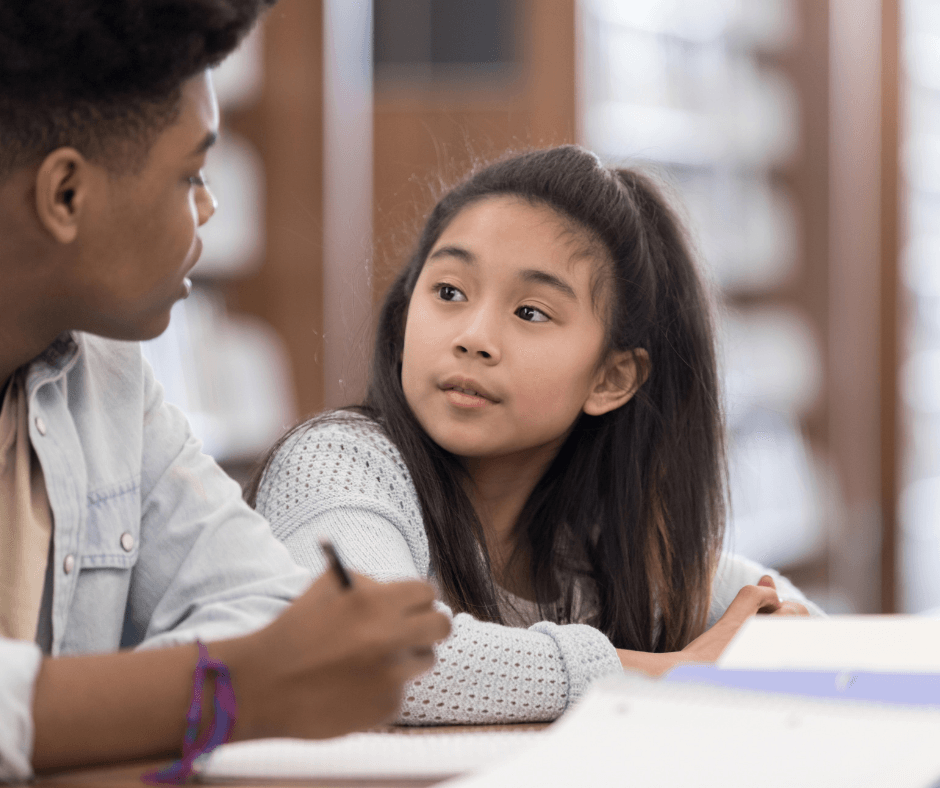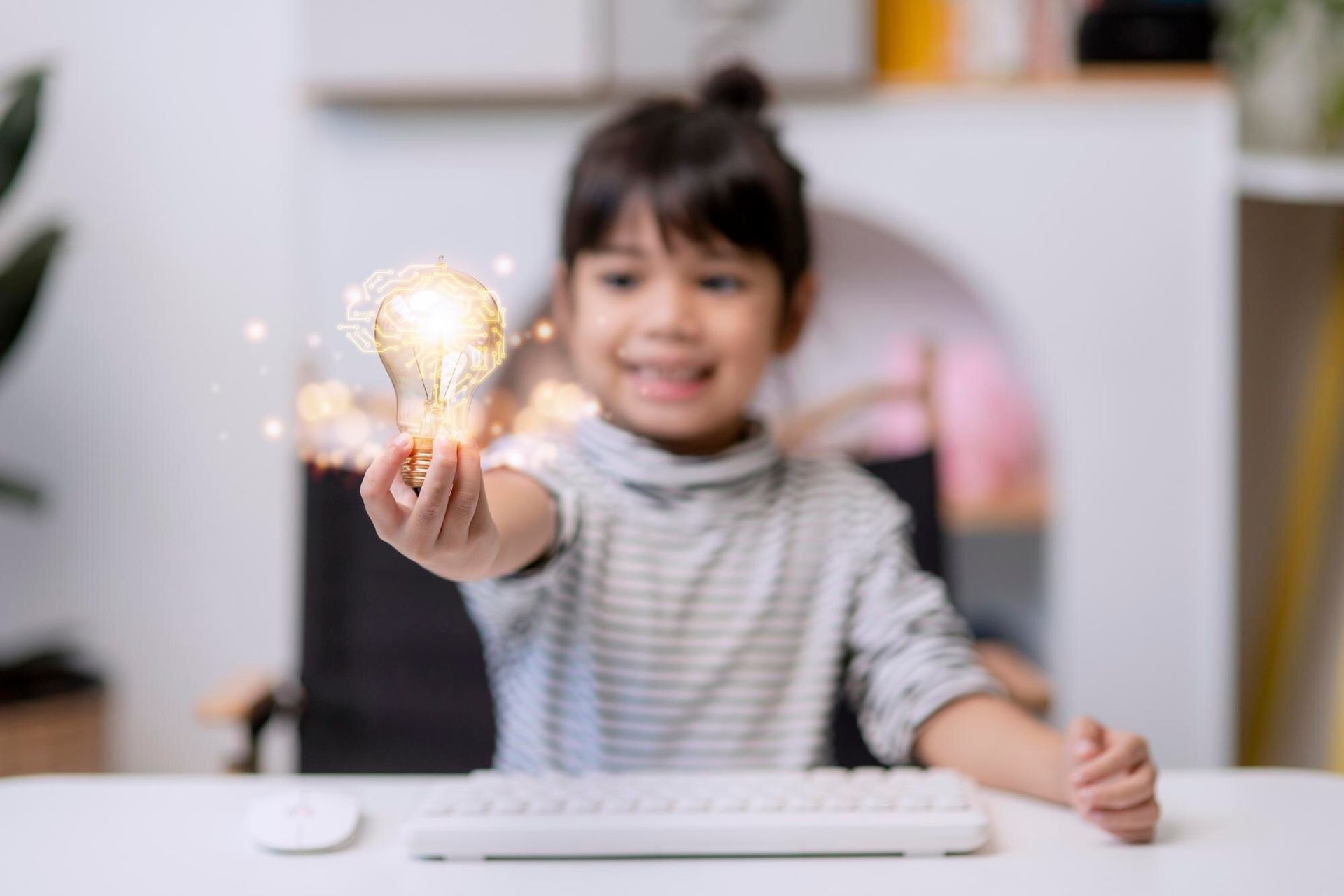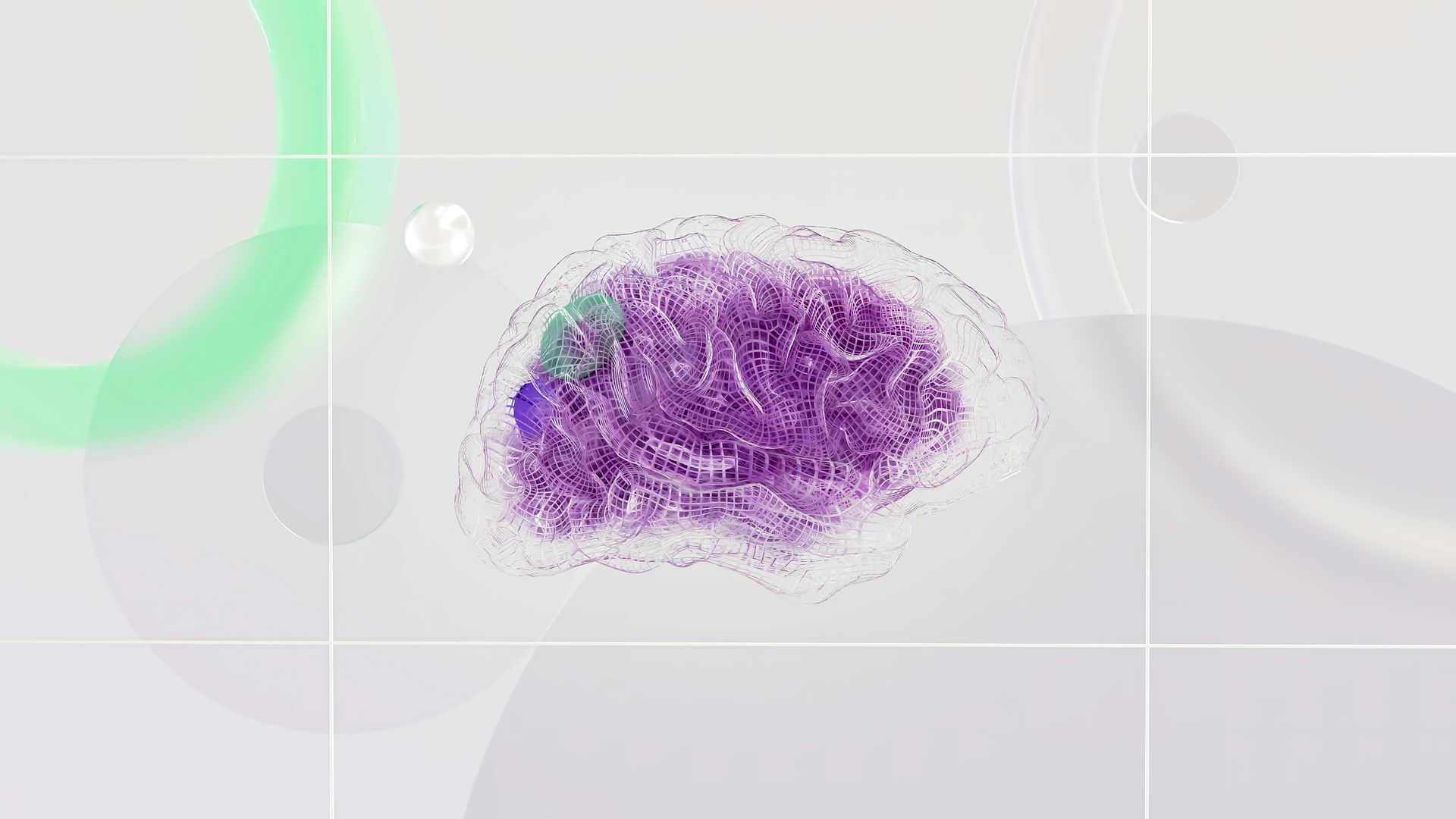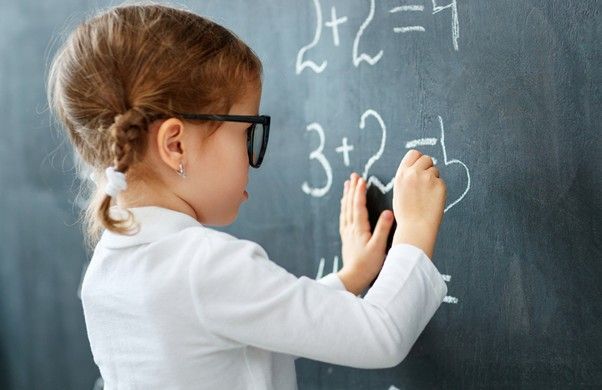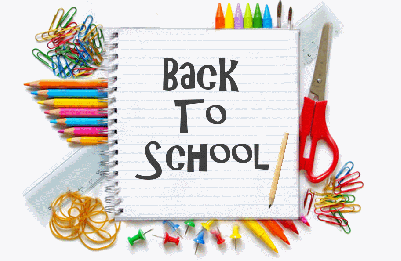Does a Homeschooled Child with Learning Struggles Need an IEP or an INP?
In public school it is common to have an IEP (Individual Educational Plan). These public school professionals look at a child’s current educational status in comparison to the child’s peers and make a plan to increase the performance of an underachieving student. These plans are typically goals for the year and stated as something like: “Charles will increase words per minute read with 80% accuracy” or “Olivia will print her name and five other word without a visual prompt”. How does the concept of an IEP that is performance based in its outlook translate to the homeschool mom of a child that has more needs than just academic? The mom sees the challenges in academic areas but knows there is more ability there than the child is able to give back.
That is where an INP would produce better results. An INP is an Individualized NeuroDevelopmental Plan. NeuroDevelopment (ND) has to do with the brain’s development in three strategic area of input (“input” being, getting information accurately into the child’s brain) through the auditory, visual and tactile learning channels. Those areas of development are used by the brain for “output” or an individual’s ability to complete a task in three main areas of output: language, fine motor and mobility (the motor pathways from the brain making it possible to move all the body parts in space including good coordination). Why is this important? The brain controls everything we do and if it doesn’t get good “input” the “output” will not be acceptable.
To understand more about the importance of NeuroDevelopment in addressing learning challenges, I encourage you to read this book by Linda Kane - It's All About the Brain.
Let me give you an example of how NeuroDevelopmentalists look at these issues differently. If the educational goal for a child is to increase handwriting skills, the traditional approach is to have the student practice over and over with a specific verbal instruction or a visual example. Evaluating the situation from an ND perspective, what if the pathway from the brain to the fingers (tactile pathway) is immature and the fingers are not getting the correct information from the brain to make the letters correctly. Then again, what if the central detail vision is not developed fully (this is a developmental issue not one that is helped with a prescription from an eye doctor) or the eye tracking and convergence is off, the visual images would be distorted as they were being written. All the practice in the world is not going to overcome those area of incorrect information from the brain in order to help the handwriting.
Instead of the emphasis being on the child’s performance, the emphasis should be on finding the root cause(s) of the shortfall in performance of a skill. That is where an INP can be very helpful. Allow me to give you an example from my own experience homeschooling my daughter that was developmentally delayed. I was a certified teacher when I started homeschooling and was familiar with IEPs. On my homeschool IEP, I had the goal of her reading phonetically past CVC words. Of course a step toward that goal in my mind was the mastery of all the phonograms that make up larger words. We used a phonics program with 70 cards representing the sound(s) of each phonogram. My daughter mastered all the cards even the one that had 6 sound for a particular phonogram but was rarely able to hold the sounds together long enough to read a word past the three letter CVC words. After starting on her INP from a NeuroDevelopmentalist, I understood the additional developmental issues that were holding her back from reading with phonics. One issue was her low auditory processing ability (auditory short-term memory). Not only was her processing so low that it caused her to act in a very immature way, it also prevented the retention of the sounds to make a word after the laborious pronouncing of each phonogram.
To see if low auditory or visual processing is an issue for your child, go to www.BrainSprints.com and scroll down to “Tools” to get the free processing test kits.
Another issue that caused reading to be a struggle is that my daughter’s central vision had not developed well and because of this, she kept skipping lines, words or parts of words. To address these areas of developmental, her INP had eye tracking activities, specific activities for developing the central vision and lots of practice for her auditory short-term memory. These along with other brain stimulating activities made it possible for her to read longer words which would have been the goal on an IEP but only really able to be achieved through an INP. Treating the root cause is really the key to changing the brain and thus changing the outcome.
What is the difference in an IEP and an INP? The IEP is focused on the “output” or specific performed ability as the goal. The approach of an IEP is to find as many ways possible to practice the skill. The INP is focused on stimulating the brain so the goal is more easily achievable.
If you are interested in finding out if an INP (Individualized NeuroDevelopmental Plan) is right for your child, schedule for a free personalized consultation with a NeuroDevelopmental Specialist.
